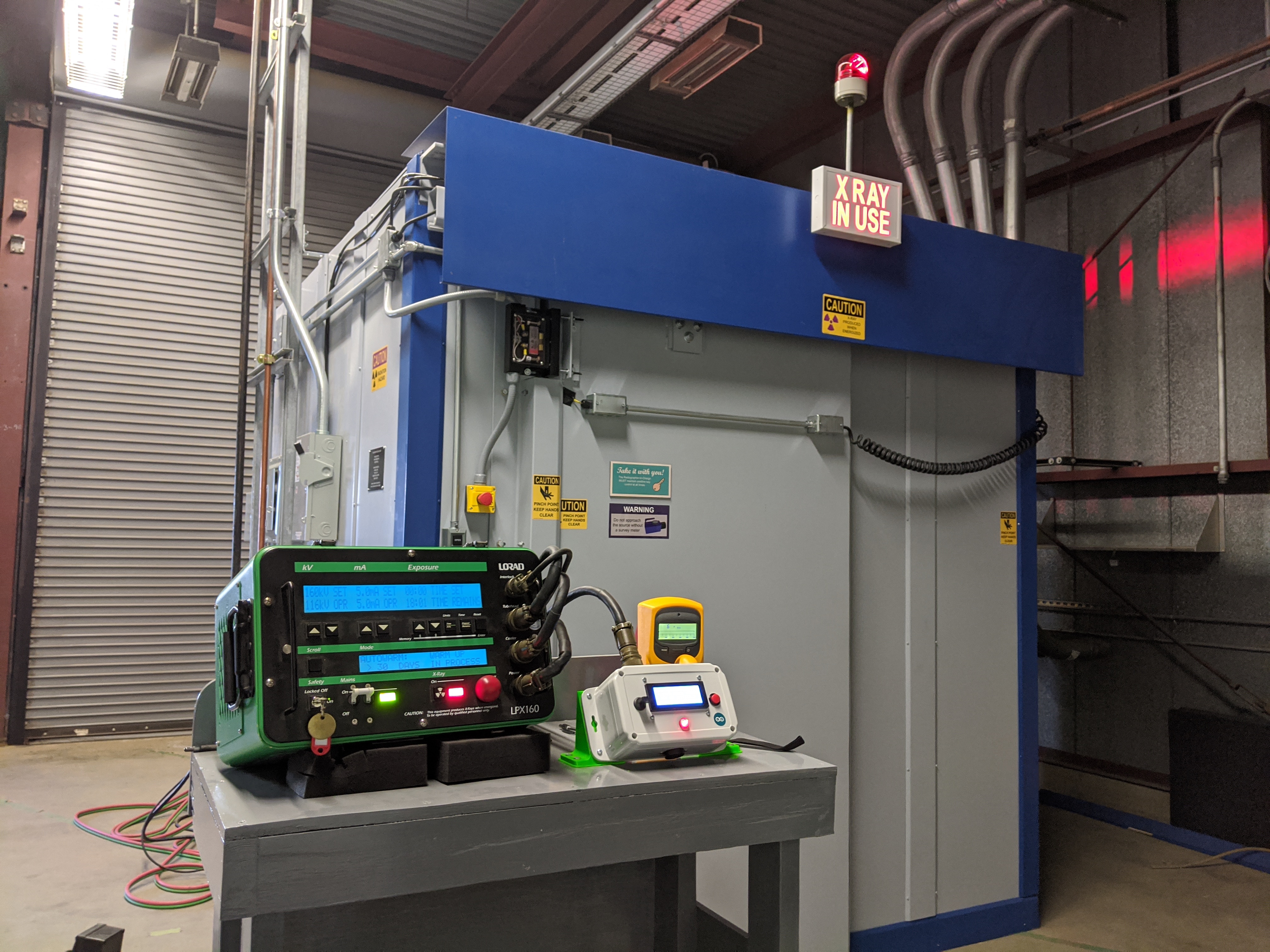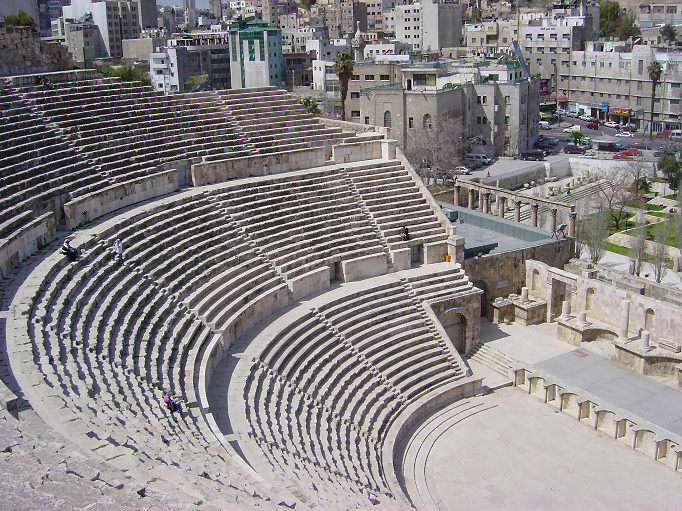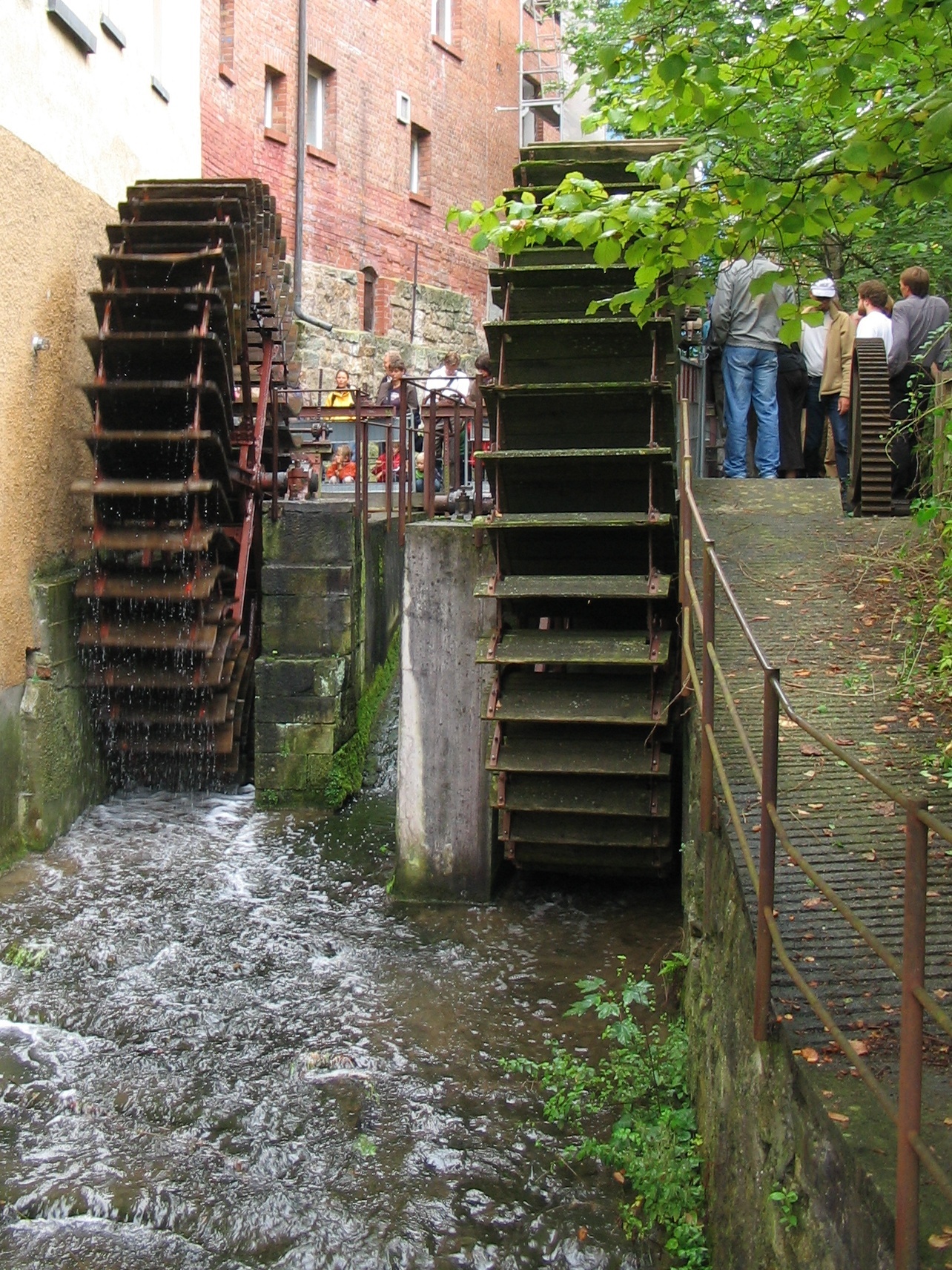|
Ultrasonics
Ultrasound is sound with frequency, frequencies greater than 20 Hertz, kilohertz. This frequency is the approximate upper audible hearing range, limit of human hearing in healthy young adults. The physical principles of acoustic waves apply to any frequency range, including ultrasound. Ultrasonic devices operate with frequencies from 20 kHz up to several gigahertz. Ultrasound is used in many different fields. Ultrasonic devices are used to detect objects and measure distances. Ultrasound imaging or sonography is often used in medicine. In the nondestructive testing of products and structures, ultrasound is used to detect invisible flaws. Industrially, ultrasound is used for cleaning, mixing, and accelerating chemical processes. Animals such as bats and porpoises use ultrasound for locating prey and obstacles. History Acoustics, the science of sound, starts as far back as Pythagoras in the 6th century BC, who wrote on the mathematical properties of String instrument ... [...More Info...] [...Related Items...] OR: [Wikipedia] [Google] [Baidu] |
Nondestructive Testing
Nondestructive testing (NDT) is any of a wide group of analysis techniques used in science and technology industry to evaluate the properties of a material, component or system without causing damage. The terms nondestructive examination (NDE), nondestructive inspection (NDI), and nondestructive evaluation (NDE) are also commonly used to describe this technology. Because NDT does not permanently alter the article being inspected, it is a highly valuable technique that can save both money and time in product evaluation, troubleshooting, and research. The six most frequently used NDT methods are eddy-current testing, eddy-current, magnetic-particle inspection, magnetic-particle, liquid penetrant testing, liquid penetrant, radiographic testing, radiographic, ultrasonic testing, ultrasonic, and Visual inspection, visual testing. NDT is commonly used in forensic engineering, mechanical engineering, petroleum engineering, electrical engineering, civil engineering, systems engineering, a ... [...More Info...] [...Related Items...] OR: [Wikipedia] [Google] [Baidu] |
Acoustics
Acoustics is a branch of physics that deals with the study of mechanical waves in gases, liquids, and solids including topics such as vibration, sound, ultrasound and infrasound. A scientist who works in the field of acoustics is an acoustician while someone working in the field of acoustics technology may be called an Acoustical engineering, acoustical engineer. The application of acoustics is present in almost all aspects of modern society with the most obvious being the audio and noise control industries. Hearing (sense), Hearing is one of the most crucial means of survival in the animal world and speech is one of the most distinctive characteristics of human development and culture. Accordingly, the science of acoustics spreads across many facets of human society—music, medicine, architecture, industrial production, warfare and more. Likewise, animal species such as songbirds and frogs use sound and hearing as a key element of mating rituals or for marking territories. Art, ... [...More Info...] [...Related Items...] OR: [Wikipedia] [Google] [Baidu] |
Paul Langevin
Paul Langevin (23 January 1872 – 19 December 1946) was a French physicist who developed Langevin dynamics and the Langevin equation. He was one of the founders of the '' Comité de vigilance des intellectuels antifascistes'', an anti-fascist organization created after the 6 February 1934 far right riots. Being a public opponent of fascism in the 1930s resulted in his arrest and being held under house arrest by the Vichy government for most of World War II. Langevin was also president of the Human Rights League (LDH) from 1944 to 1946, having recently joined the French Communist Party. He was a doctoral student of Pierre Curie and later a lover of widowed Marie Curie. He is also known for his two US patents with Constantin Chilowsky in 1916 and 1917 involving ultrasonic submarine detection. He is entombed at the Panthéon. Life Langevin was born in Paris, and studied at the '' École de Physique et Chimie'' and the ''École Normale Supérieure''. He then went to the Univ ... [...More Info...] [...Related Items...] OR: [Wikipedia] [Google] [Baidu] |
Quartz
Quartz is a hard, crystalline mineral composed of silica (silicon dioxide). The Atom, atoms are linked in a continuous framework of SiO4 silicon–oxygen Tetrahedral molecular geometry, tetrahedra, with each oxygen being shared between two tetrahedra, giving an overall chemical formula of Silicon dioxide, SiO2. Quartz is, therefore, classified structurally as a Silicate mineral#Tectosilicates, framework silicate mineral and compositionally as an oxide mineral. Quartz is the second most abundant mineral in Earth's continental crust, behind feldspar. Quartz exists in two forms, the normal α-quartz and the high-temperature β-quartz, both of which are chiral. The transformation from α-quartz to β-quartz takes place abruptly at . Since the transformation is accompanied by a significant change in volume, it can easily induce microfracturing of ceramics or rocks passing through this temperature threshold. There are many different varieties of quartz, several of which are classifi ... [...More Info...] [...Related Items...] OR: [Wikipedia] [Google] [Baidu] |
Transducer
A transducer is a device that Energy transformation, converts energy from one form to another. Usually a transducer converts a signal in one form of energy to a signal in another. Transducers are often employed at the boundaries of automation, Measuring instrument, measurement, and control systems, where electrical signals are converted to and from other physical quantities (energy, force, torque, light, motion, position, etc.). The process of converting one form of energy to another is known as transduction. Types * Mechanical transducers convert physical quantities into mechanical outputs or vice versa; * Electrical transducers convert physical quantities into electrical outputs or signals. Examples of these are: ** a thermocouple that changes temperature differences into a small voltage; ** a linear variable differential transformer (LVDT), used to measure displacement (position) changes by means of electrical signals. Sensors, actuators and transceivers Transducers can be ... [...More Info...] [...Related Items...] OR: [Wikipedia] [Google] [Baidu] |
Pierre Curie
Pierre Curie ( ; ; 15 May 1859 – 19 April 1906) was a French physicist, Radiochemistry, radiochemist, and a pioneer in crystallography, magnetism, piezoelectricity, and radioactivity. He shared the 1903 Nobel Prize in Physics with his wife, Marie Curie, and Henri Becquerel "in recognition of the extraordinary services they have rendered by their joint researches on the radiation phenomena discovered by Professor Henri Becquerel". With their win, the Curies became the Nobel Prize#Statistics, first married couple to win a Nobel Prize, launching the Nobel Prize#Family laureates, Curie family legacy of five Nobel Prizes. Early life Born in Paris on 15 May 1859, Pierre Curie was the son of Eugène Curie (1827–1910), a doctor of French Huguenot Protestant origin from Alsace, and Sophie-Claire Curie (née Depouilly; 1832–1897). He was educated by his father and in his early teens showed a strong aptitude for mathematics and geometry. When he was 16, he earned his Bachelor of ... [...More Info...] [...Related Items...] OR: [Wikipedia] [Google] [Baidu] |
Jacques Curie
Jacques Curie (29 October 1855 – 19 February 1941) was a French physicist and professor of mineralogy at the University of Montpellier. Along with his younger brother, Pierre Curie, he studied pyroelectricity in the 1880s, leading to their discovery of some of the mechanisms behind piezoelectricity. He is buried in the Saint-Lazare cemetery in Montpellier. Biography In 1883, Jacques Curie was appointed professor of mineralogy at the University of Montpellier. This appointment marked the end of his collaboration with his brother Pierre. He remained in Montpellier until his death in 1941 with the exception of the years 1887–1889, which he spent in Algeria, teaching at the School of Science of Algiers and conducting his research. It was not until 1903 that he was appointed to the chair of physics, a position he retained until his retirement in 1925. His son Maurice Curie was a physicist. Research and discoveries The major legacy of Jacques Curie is the discovery of the ... [...More Info...] [...Related Items...] OR: [Wikipedia] [Google] [Baidu] |
Piezoelectric Effect
Piezoelectricity (, ) is the electric charge that accumulates in certain solid materials—such as crystals, certain ceramics, and biological matter such as bone, DNA, and various proteins—in response to applied stress (mechanics), mechanical stress. The piezoelectric effect results from the linear electromechanical interaction between the mechanical and electrical states in crystalline materials with no centrosymmetry, inversion symmetry. The piezoelectric effect is a reversible process (thermodynamics), reversible process: List of piezoelectric materials, materials exhibiting the piezoelectric effect also exhibit the reverse piezoelectric effect, the internal generation of a mechanical strain resulting from an applied electric field. For example, lead zirconate titanate crystals will generate measurable piezoelectricity when their static structure is Deformation (physics), deformed by about 0.1% of the original dimension. Conversely, those same crystals will change about 0.1 ... [...More Info...] [...Related Items...] OR: [Wikipedia] [Google] [Baidu] |
Turbine
A turbine ( or ) (from the Greek , ''tyrbē'', or Latin ''turbo'', meaning vortex) is a rotary mechanical device that extracts energy from a fluid flow and converts it into useful work. The work produced can be used for generating electrical power when combined with a generator.Munson, Bruce Roy, T. H. Okiishi, and Wade W. Huebsch. "Turbomachines." Fundamentals of Fluid Mechanics. 6th ed. Hoboken, NJ: J. Wiley & Sons, 2009. Print. A turbine is a turbomachine with at least one moving part called a rotor assembly, which is a shaft or drum with blades attached. Moving fluid acts on the blades so that they move and impart rotational energy to the rotor. Gas, steam, and water turbines have a casing around the blades that contains and controls the working fluid. Modern steam turbines frequently employ both reaction and impulse in the same unit, typically varying the degree of reaction and impulse from the blade root to its periphery. History Hero of Alexandria demonstrat ... [...More Info...] [...Related Items...] OR: [Wikipedia] [Google] [Baidu] |
Sir Charles Parsons
Sir Charles Algernon Parsons (13 June 1854 – 11 February 1931) was an Anglo-Irish people, Anglo-Irish mechanical engineer and inventor who designed the modern steam turbine in 1884. His invention revolutionised marine propulsion, and he was also the founder of C. A. Parsons and Company. He worked as an engineer on dynamo and turbine design, and power generation, with great influence in the naval and electrical engineering fields. He also helped develop optical equipment for searchlights and telescopes. Parsons received the Faraday Medal and the Copley Medal for his work. Career and commercial activity Parsons was born into an aristocratic Anglo-Irish family on 13 June 1854 in London as the youngest son of the astronomer William Parsons, 3rd Earl of Rosse. The family seat is Birr Castle, County Offaly, Ireland, and the town of Birr, County Offaly, Birr was called Parsonstown, after the family, from 1620 to 1901. With his three brothers, Parsons was educated at home in Irelan ... [...More Info...] [...Related Items...] OR: [Wikipedia] [Google] [Baidu] |
Hydraulic
Hydraulics () is a technology and applied science using engineering, chemistry, and other sciences involving the mechanical properties and use of liquids. At a very basic level, hydraulics is the liquid counterpart of pneumatics, which concerns gases. Fluid mechanics provides the theoretical foundation for hydraulics, which focuses on applied engineering using the properties of fluids. In its fluid power applications, hydraulics is used for the generation, control, and transmission of Power (physics), power by the use of pressure, pressurized liquids. Hydraulic topics range through some parts of science and most of engineering modules, and they cover concepts such as pipe Volumetric flow rate, flow, dam design, fluidics, and fluid control circuitry. The principles of hydraulics are in use naturally in the human body within the vascular system and erectile tissue. ''Free surface hydraulics'' is the branch of hydraulics dealing with free surface flow, such as occurring in rivers ... [...More Info...] [...Related Items...] OR: [Wikipedia] [Google] [Baidu] |








